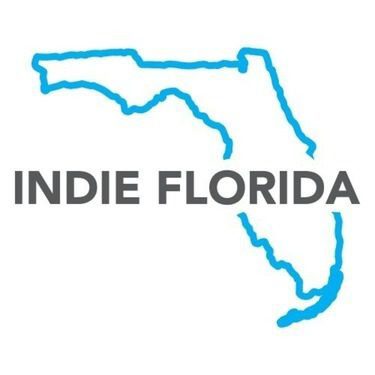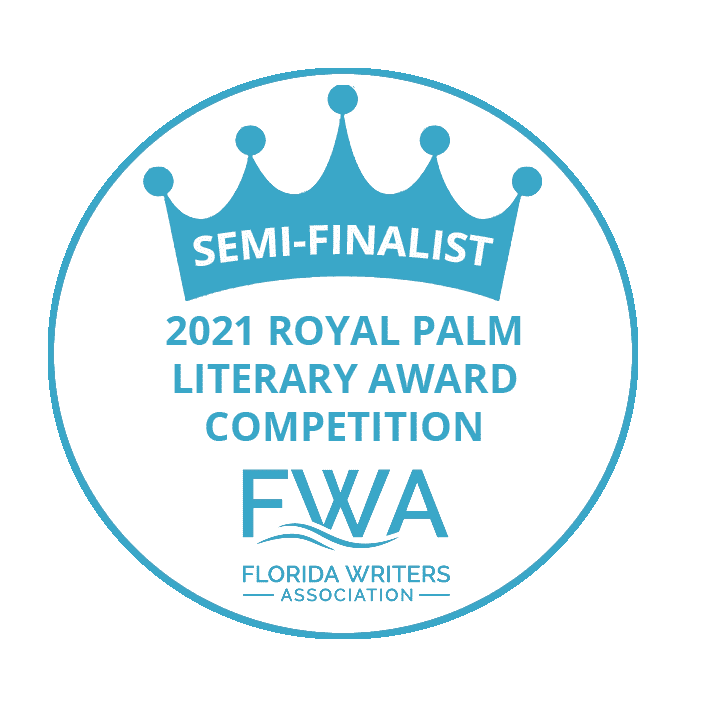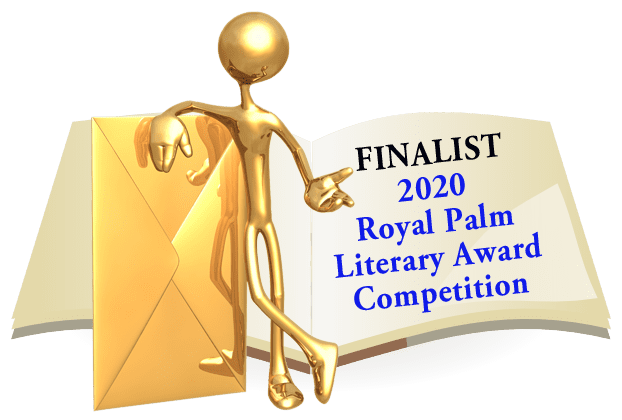On the off chance a future or fellow writer is reading this installment, I thought it might be helpful to include some of the mechanics of getting a book from “brilliant idea” to book signing.
These steps will not necessarily appear in chronological order or order of importance. These are simply discoveries I made along the way.
One of the first steps I took was to join the Florida Writers’ Association. Members, no matter where they are on their journey, are eager to help a novice writer get started.
Once you join your state’s writers’ association, find a group to attend, This is not a critique group. This is a group—in my case, hosted by professional author Vic DiGenti, who led the critique group that inspired me to continue writing—that meets once a month with a scheduled speaker. This particular group meets in the Ponte Vedra library on Saturday mornings.
At these meetings, attendees can learn about everything from plotting to marketing and beyond. Genre specific authors often lecture: memoir writers, graphic novelists, non-fiction writers, to name a few.
In addition to weekly meetings, seminars and book festivals are available throughout the year. For example, this past February, I attended the Florida Heritage Book Festival. In addition to speakers and seminars, attendees can sometimes pay an extra fee for a critique from a professional author. Well worth the money.
Of course, these days, there are unnumbered opportunities, such as webinars and podcasts, MasterClass (I took David Baldacci’s course and found it very helpful), as well as a wealth of books covering every conceivable aspect of writing.
I particularly loved and benefitted from Ray Bradbury’s Zen in the Art of Writing.
A long-time devotee of The Great Courses from the Teaching Company—mostly history courses—I searched their offerings on writing.
The three courses that helped me the most to which I have listened multiple times were: Building Great Sentences taught by Brooks Landon; The English Novel and The Art of Reading, both taught by Timothy Spurgin.
The Spurgin courses were not specifically on how to write, but he discussed the essential elements of writing—plot, theme, characters, setting—and I learned from the example of successful writers how to structure my own novels.
Eventually, the book that yes, “changed my life,” was Write Your Novel from the Middle by James Scott Bell. Bell introduces the two basic types of writers—plotters and pantsters; i.e. writers who create an outline and timeline before they ever sit down to write (plotters) and writers who live on inspiration alone (pantsters, i.e. they write by the seat of their pants).
A website called Hiveword provides the model for Bell’s method of writing (there is also a Great Courses course narrated by Bell). I was on my third novel before I tried this and it was, as I stated, transforming.
I used his method for both Tea at Kimball Pines and The Moores, the Merriers.
Full disclosure: I determined I would try the “plotter” outline method with my 5th book, Lawson Payne, and I honestly tried to write an entire synopsis before I began, but after about 10 pages, I couldn’t resist the temptation to start writing, and I stopped the synopsis, in order to start a chapter.
I have, as of this writing, completed about half of the Dashboard in Hiveword for Lawson Payne, but decided (all part of the writing process) I had started the story in the wrong place (I did the same thing with the last book), and decided on the wrong main character.
So I am currently outlining, writing, and completing the Hiveword profile simultaneously. For the first time ever, I am writing chapters “out of order,” as they come to me.
Let me state here: the entire outline is in my head. I know precisely how the story will end and how I will get there. But, of all five novels, this one has been the most truly “inspired,” that is, characters have come to me, “full grown,” roles I did not dream would be in the story, much less be pivotal… and…to me, anyway…fascinating.
I guess at this point I’m a “plotting pantster,” or “pantsting plotter,” I’m not sure which.
But I’ve never truly enjoyed writing a book as much as I have this one.
Perhaps I’ve learned a few things along the way. Either that, or I am a little more confident this time around, trusting myself to succeed, and not constantly second guessing my choices or my process. After all, I have been actively working at my craft for ten years.
Next time: I’ll talk about how I ended up writing a series, and about how I’ve tried to structure each book a little differently—switching between 1st and 3rd person narrators, hopefully giving each book its own personality.





Miss Holly got her love of words from her mother, my sister.
Quite true.
Wow! A plotting pantster! What a description!
Cannot WAIT for Lawson Payne to be finished!! Just hearing you describe how you’ve been writing it is amazing.
Thank you for your willingness to share these thoughts with others!